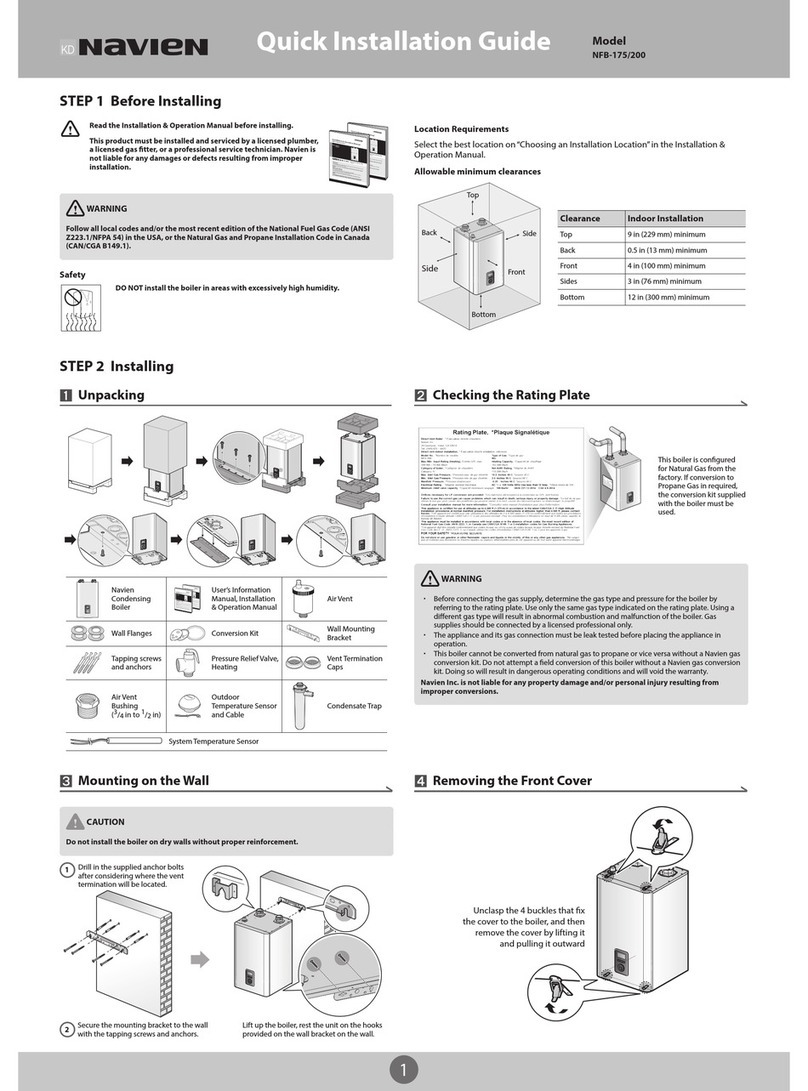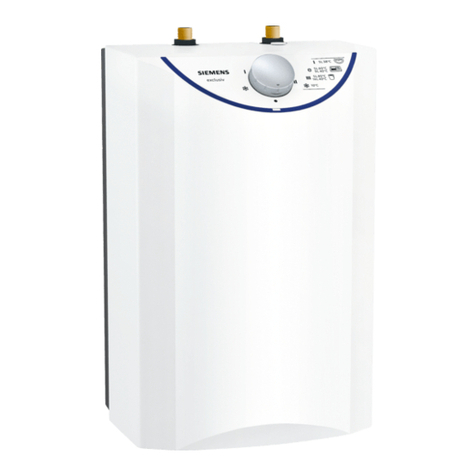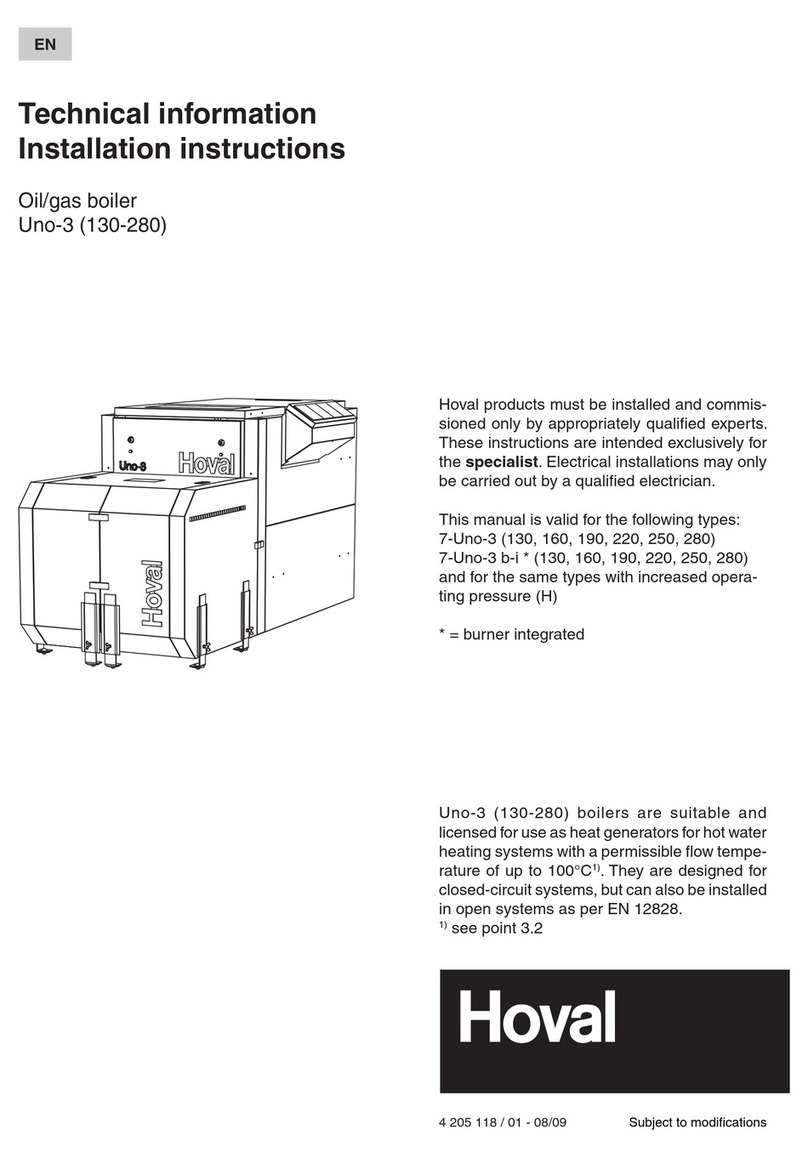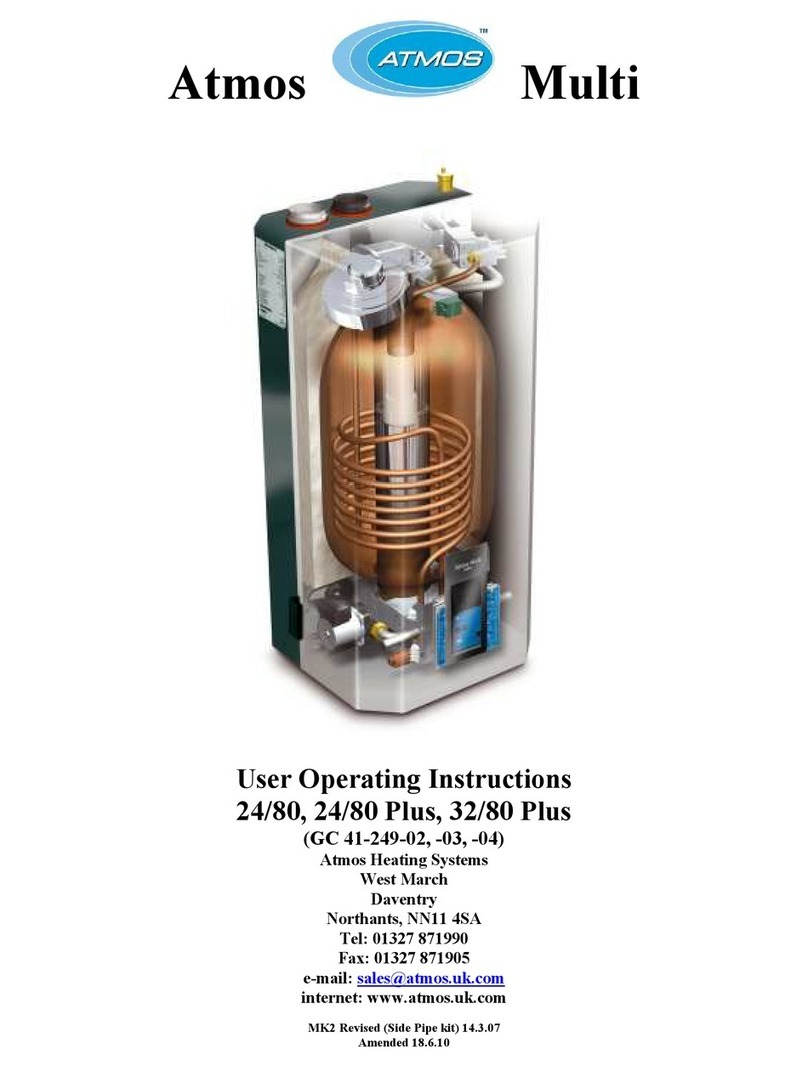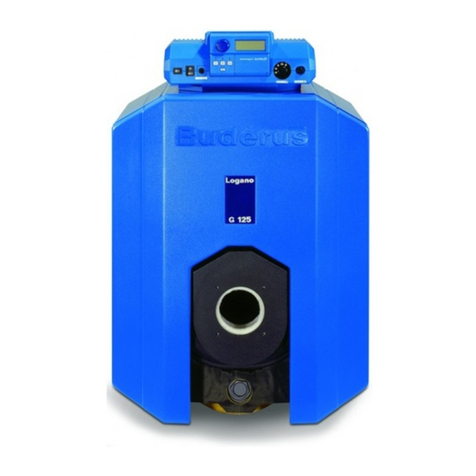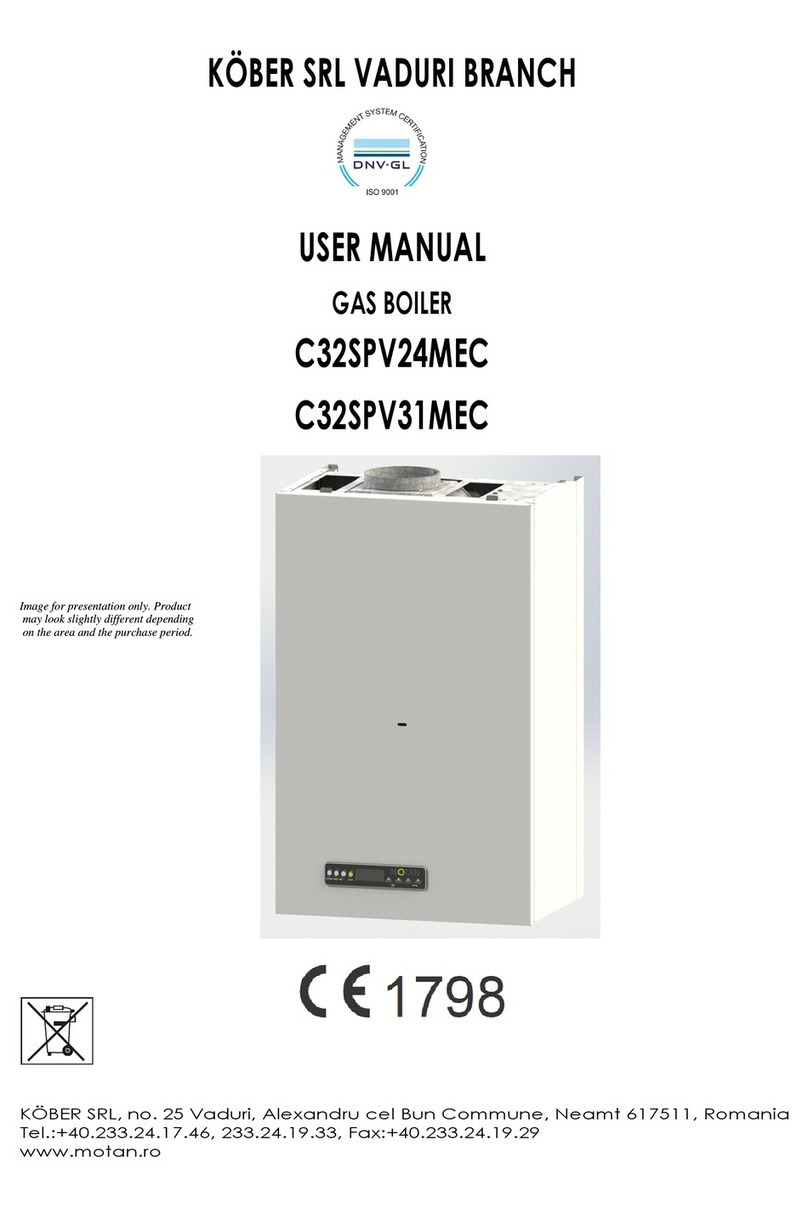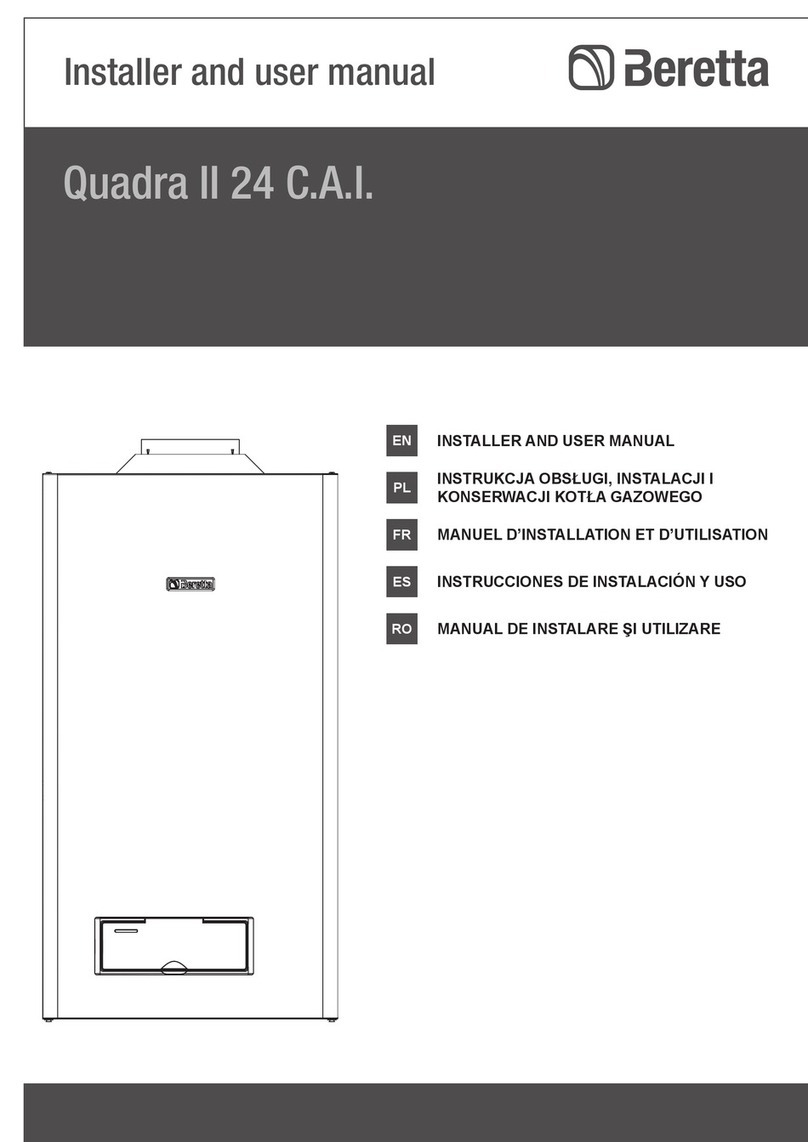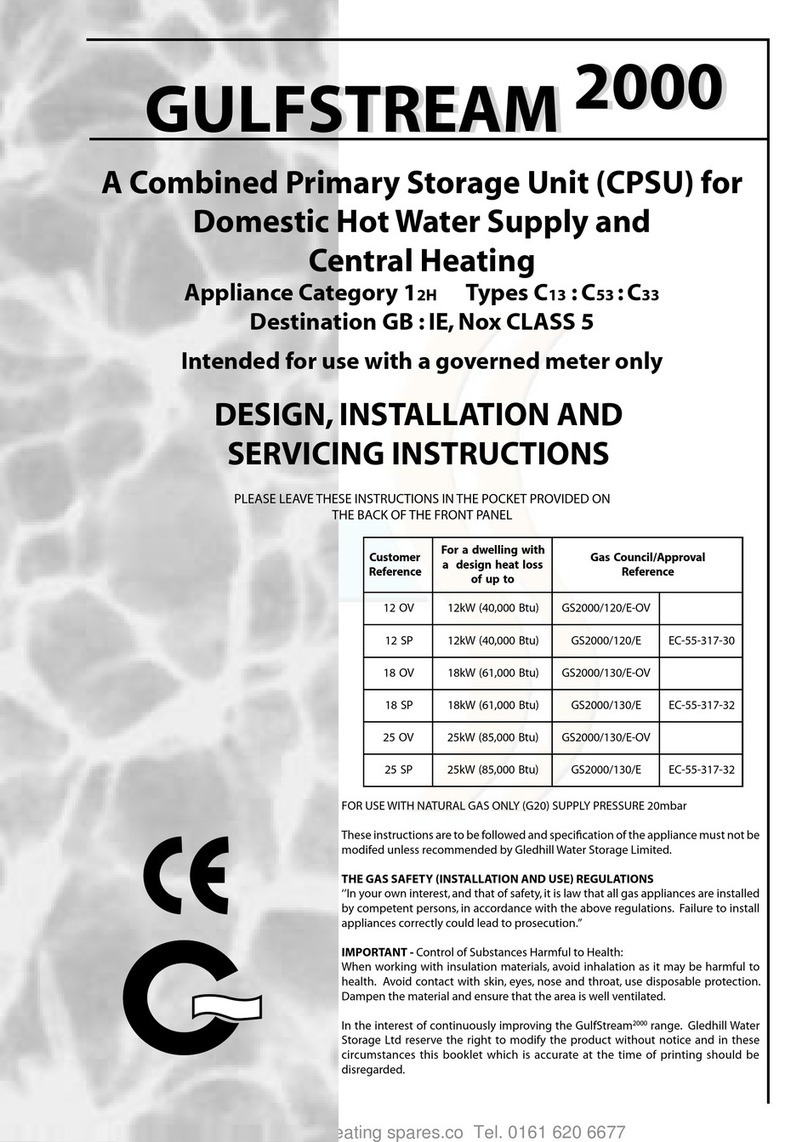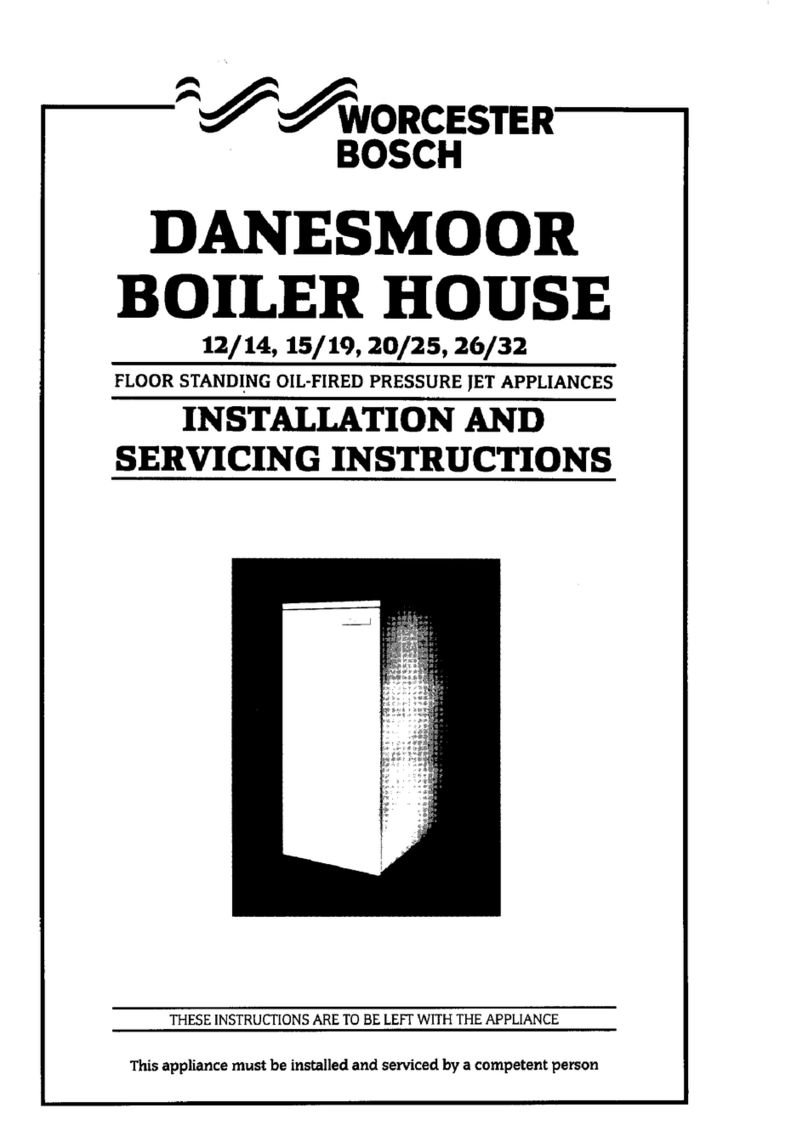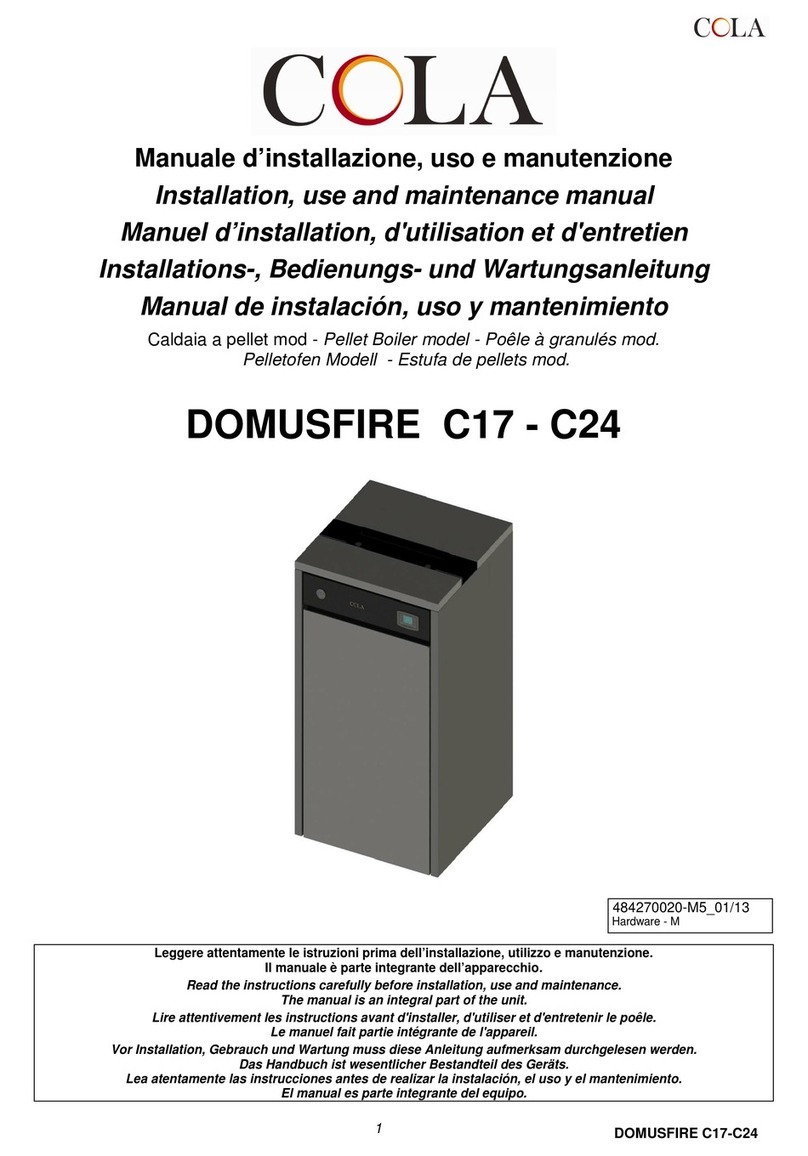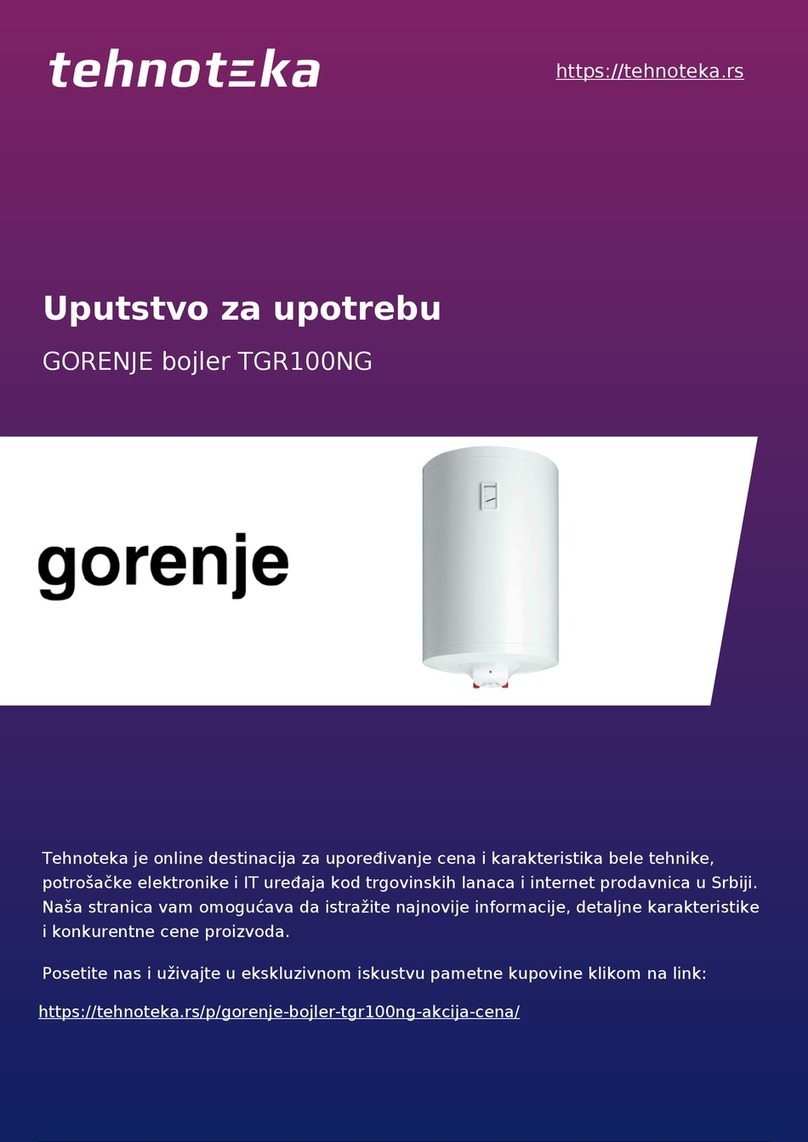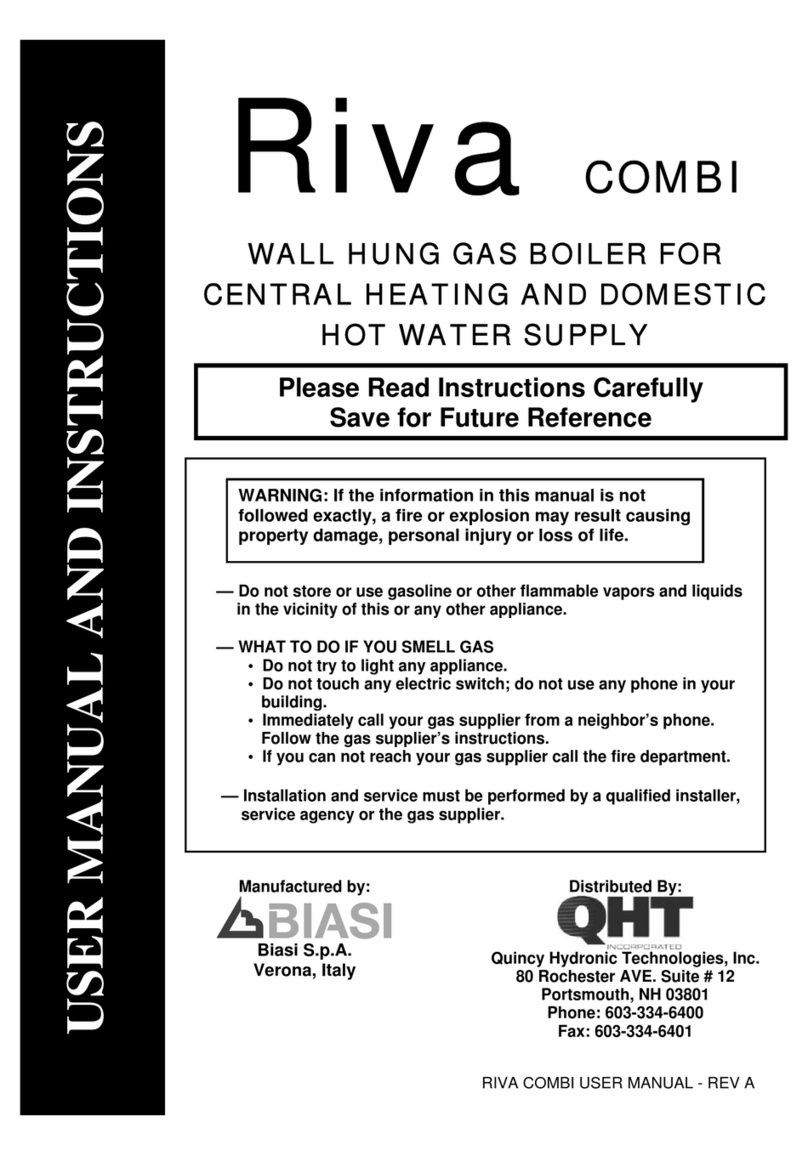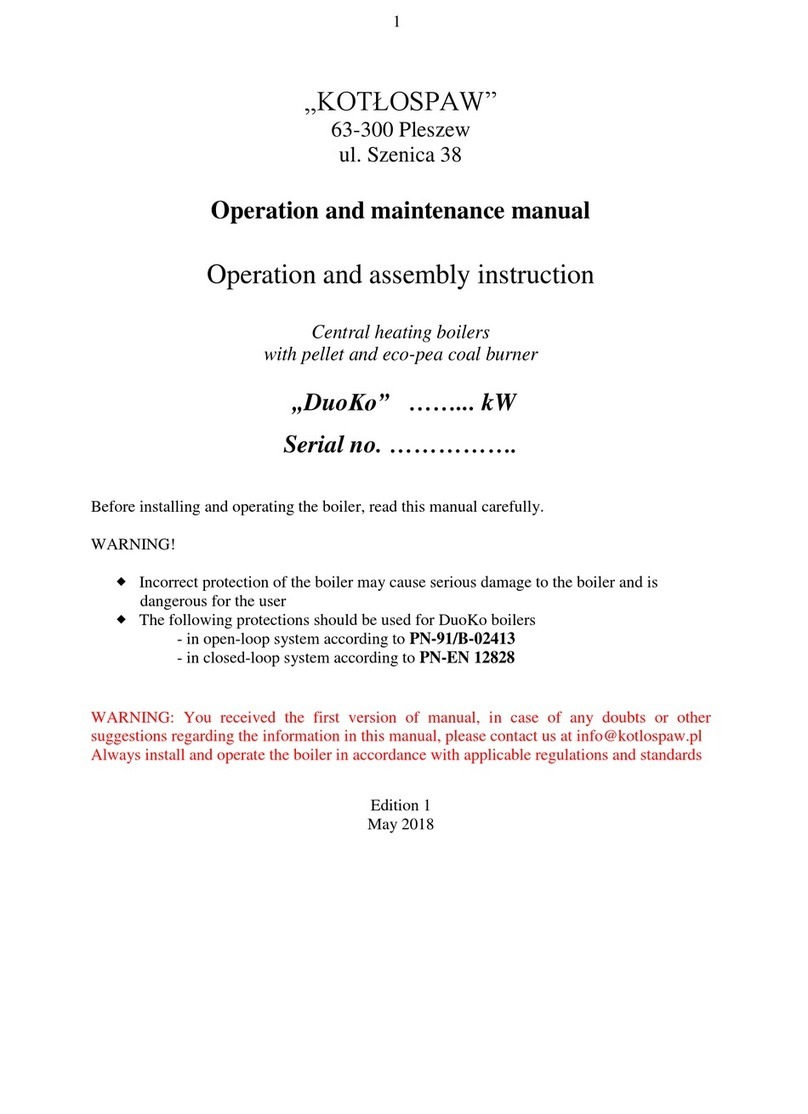
The body has a box design and is made in a bent-welded version, which reduces the number of
welded joints that affect the tightness of the product. It consists of a furnace with an ash pan and a
convection part and is additionally equipped with a door, a flue, nozzles, and an ash drawer. The
furnace and ash pan constitute one chamber in which a burner with a spiral fuel feeder is located,
together with a drive and a fan. Above the body, there is a fuel bin in which the controller is built-in.
The feeder's task is to supply fuel to the burner head and combustion in the furnace.
There is an ash pan under the burner, into which the ash slides. The air necessary for the combustion
process is supplied by a blower fan connected to the burner and supplies the air into the fuel zone.
The controller regulates the operation of the boiler and the fuel feeding system. Directly around the
furnace, there is a convection part - a heat exchanger. The convection part is connected to the flue via
a vertical convection duct. The design and dimensions of boilers are shown in Fig. 3, and Fig. 4. The
boiler design allows for cleaning the heat exchange surfaces, furnace, ash pan, ducts through the
furnace, and ash pan doors as well as cleaning the convection lines periodically. All closed hatches
are heat-insulated doors or covers. The boiler also has thermal insulation.
The mechanical and feeder drive parts are covered and do not put the safety of the user at risk. The
boiler at the outlet of the boiler works under negative pressure.
Furnace
The furnace consists of a combustion chamber and an ash pan. Around the combustion chamber,
there is a water jacket in which the flame tubes are located.
At the front of the furnace, there is a furnace door to which the burner is mounted.
Convection part
The convection part consists of a horizontal pipe heat exchanger located in the water space above
and on both sides of the furnace, which is one of the convection lines. The flue gas from the
combustion chamber flows in flame tubes to the vertical channel with the reversing chamber at the
back of the boiler and then to the flue. The reversing chamber has a partition - a swirler made of steel
sheet, which slows down and change of the direction of the flue gas flow and works as a settling
chamber. he structure of the heat exchanger consisting of several sections results in a developed heat exchange
surface. Changing the direction and speed of flue gas flow affects the precipitation of thicker volatile
fractions (dust) and reduces their emission into the environment. As a consequence of this solution, a
properly directed flue gas circulation influences the intensification of heat exchange and the high
efficiency of the boiler.
Front door
The front door is located at the front of the boiler, and they are closing the entire space of the furnace,
ash pan, and convection part. A burner is mounted in the door. The door has handles for safe opening
and ensures tightness when closed. Opening the front door allows access to the burner and the
internal space of the boiler (furnace, ash pan, flame tubes), which makes it easy to operate, clean the
furnace and remove ash and other impurities that are left after burning and cleaning the boiler.



















